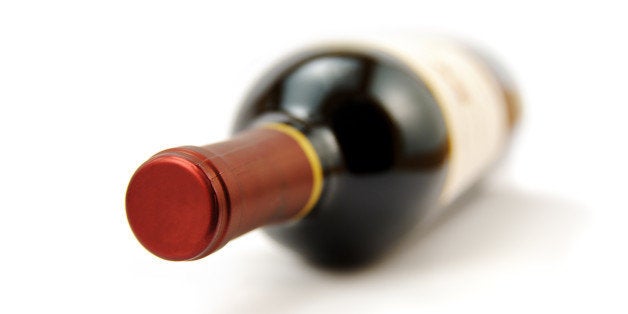
This post originally appeared on VinePair.
Wine labels have a huge range: they can be starkly simple to elegant to fanciful. However, if your wine is being made in the U.S., certain information will always be present on the label. Here's how to figure out what it means.
Brand/Producer
This seems straightforward: the producer is who makes the wine. However, sometimes the wine label won't name the producer, but a specific brand (example: Joe Shmoe Winery creating Average Joe wine). It's a way for one producer to have several different brands, each with a different aesthetic.
State/County/AVA/Variety
The geographic area printed on the wine label depends on where most of the grapes used to make the wine were grown. The required percentage of grapes grown varies from state to county to AVA and so on. American wine labels typically list the primary grape used in the wine as well, as is common in the New World. Sub-geographic regions can also differ in grape percentage strictness. The general rule is that if geographic region is determined by grape variety, county, or state, at least 75% or more of the grapes must have been grown there. If the geographic region is AVA specific, 85% or more of the grapes must have been grown there.
Vintage
This one is easy: it's simply the year the grapes were grown and harvested.
Name & Address
The name and address of the producer will always be there, but depending on how involved the winemaker is with the rest of the wine's process, there will be some other info as well. For instance, to be called estate-bottled, a wine not only has to be grown in an area owned or operated by the winery, but crushed, fermented, finished, aged, and bottled on-site. Additionally, the winery and vineyard have to be located in one viticultural area.
Alcohol Content
This is the percentage of alcohol in the bottle. It's measured by ABV, which is the percentage, as opposed to proof (example: 40% ABV, not 80 proof).
Volume
How much wine, in milliliters, is in the bottle.
Health Info
This is the stuff that you probably know - don't drink while pregnant or operate machinery, a friendly message from the government. Additionally, any wine sold from state to state that has 10 or more parts per million of sulfites has to say "contains sulfites."